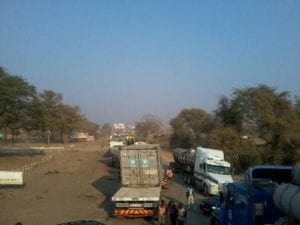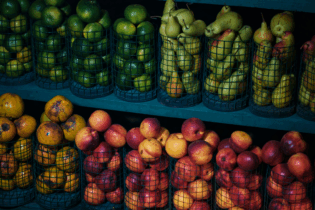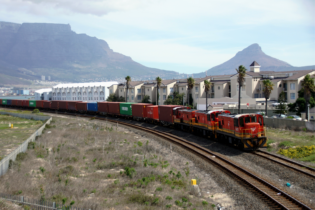The European Development Fund (EDF) has been ineffective in delivering tangible economic development, while its disbursement is characterised by lengthy procedures that did not lend themselves well to development of the private sector, Comesa secretary-general and Inter-Regional Coordinating Committee (IRCC) outgoing chairperson Mr Sindiso Ngwenya has said.
Speaking while addressing the 22nd plenary meeting of the IRCC in Nairobi on Friday evening, Mr Ngwenya like other members of the African regional blocs present was irked by the European Union’s rejection to fund projects worth Sh36 billion that the blocks had proposed, on the basis that they were too risky.
Some members questioned the wisdom of the partnership with the Union.
“It seems to us that the partnership (with the European Union) is gradually metamorphosing from one of equality to one of inequality and now resembles a relationship between a horse and its rider,” he said.
Addressing the meeting, Kenya’s minister for Trade Mr Moses Wetang’ula noted that out of the Sh57 billion infrastructure projects proposed jointly by the blocs in February, only Sh21 billion projects were approved by the European Commission, the Union’s executive body.
IRCC, whose objective is to improve aid effectiveness in the region, is made up of the Common Market for East and South Africa (COMESA), the East African Community (EAC), the Indian Ocean Commission and the Intergovernmental Authority on Development (IGAD).
The money was meant to fund cross-border transport infrastructure, develop agriculture, build peace and stability and create market access for traders across the East and Southern African-Indian Ocean (ESA-IO) region.
It is disbursed under the EDF, a basket of money created by the Union in 1957 to contribute to economic development, social and human development, and regional cooperation and integration in the African, Caribean and Pacific regions.
Countries in the region are moving towards closer integration in an effort to increase their economic and political clout within the international arena.
The proposed Tripartite Free Trade Area would allow free movement of goods within 26 African countries that make up about 59 per cent of Africa’s population.
Initially, the agreement involved Comesa, EAC and the Southern Africa Development Community (SADC).
However, during a meeting that preceded the IRCC plenary last week, member states resolved to review the legal and institutional architecture of the tripartite with a view of formally bringing IGAD on board and the Island states on the Indian Ocean through the IOC.
Donor-dependent
Various integration processes at different levels are still heavily donor dependent. 71 per cent of the community’s 2012/2013 budget is from development partners.
Political analysts have warned that this unequal partnership could result in foreign states dominating the integration agenda.
A representative from the EU defended the body’s position.
“Over the last 10 years, we have changed the way we work with our African partners to ensure increased aid effectiveness,” said EU director of external action services, Mr Koen Vervaerke.
His sentiments were echoed by incoming IRCC chair and EAC secretary-general, Dr Richard Sezibera.








